Overview of ASTM A214 ERW Carbon Steel Pipe
The ASTM A214 standard is a technical specification developed by the American Society for Testing and Materials specifically for electric resistance welded carbon steel heat exchanger and condenser tubes. Since its first release in 1939, it has undergone many revisions and has become a widely recognized industry standard worldwide. The ERW (Electric Resistance Welding) carbon steel pipes covered by this standard are mainly used in heat exchange equipment. Its core value lies in balancing material performance and production costs while meeting technical requirements under harsh working conditions. Unlike
seamless steel pipes or other welded pipes, ASTM A214 ERW carbon steel pipes achieve a high degree of consistency between weld quality and pipe body performance through precise resistance welding technology and strict heat treatment control, and show excellent cost-effectiveness under medium temperature and pressure environments.
What is ASTM A214 ERW Carbon Steel Pipe?
ASTM A214 ERW carbon steel pipe refers to a type of welded steel pipe produced via electric resistance welding, used primarily in low to medium pressure thermal systems. Unlike seamless or induction-welded pipes, ERW pipes under this standard undergo strict heat treatment to ensure uniform mechanical properties across the weld and the base metal. These pipes are widely used in power plants, chemical facilities, refineries, and HVAC systems, particularly where the operating temperature does not exceed 204°C (400°F) and pressure stays below 2 MPa.
ASTM A214 ERW Pipe Chemical Composition
|
Element
|
Maximum/Range
|
|
Carbon (C)
|
≤ 0.18%
|
|
Manganese (Mn)
|
0.27–0.63%
|
|
Phosphorus (P)
|
≤ 0.035%
|
|
Sulfur (S)
|
≤ 0.035%
|
These limitations ensure excellent weldability, good strength, and formability. No other alloying elements like chromium or molybdenum are allowed, making ASTM A214 a typical low-carbon non-alloy steel suitable for general industrial use.
Mechanical Properties of ASTM A214 ERW Pipes
|
Property
|
Requirement
|
Typical Values
|
|
Tensile Strength
|
≥ 325 MPa (47 ksi)
|
350–400 MPa
|
|
Yield Strength
|
≥ 180 MPa (26 ksi)
|
220–250 MPa
|
|
Elongation
|
≥ 35%
|
40–45%
|
|
Hardness
|
≤ 72 HRB
|
60–68 HRB
|
Basic Technical Specifications (ASTM A214)
|
Specification
|
Requirement
|
Test Method
|
|
Chemical Composition
|
C ≤ 0.18%, Mn 0.27–0.63%, P ≤ 0.035%, S ≤ 0.035%
|
Spectrometry
|
|
Tensile Strength
|
≥ 325 MPa (47 ksi)
|
Tensile Test
|
|
Yield Strength
|
≥ 180 MPa (26 ksi)
|
Tensile Test
|
|
Elongation
|
≥ 35%
|
Tensile Test
|
|
Hardness
|
≤ 72 HRB
|
Rockwell Hardness Test
|
|
Dimensional Tolerance
|
±0.10 mm (OD < 1"), ±0.15 mm (1"–1.5")
|
Micrometer
|
|
Heat Treatment
|
Welded tubes: ≥ 900°C post-weld
|
Furnace Monitoring
|
|
Cold-Rolled Tubes
|
Additional ≥ 650°C annealing
|
Temperature Recorder
|
ASTM A214 Manufacturing Process
Manufacturing process requirements are another core content of the ASTM A214 standard. The standard clearly stipulates that steel pipes must be produced by resistance welding, and after welding, they must be heat treated at 900℃ (1650℉) or higher, and then cooled in air or controlled atmosphere cooling chambers. This high-temperature annealing treatment has a triple effect: eliminating the brittle structure of the heat-affected zone of welding, improving the uniformity of the mechanical properties of the weld and the parent material, and reducing the impact of residual stress on the service performance of the pipe. For heat exchange tubes used in corrosive environments, the standard allows the purchaser to specify additional non-destructive testing or hydrostatic testing to ensure the integrity and density of the weld. The standard also emphasizes that the surface of the finished steel pipe should be free of oxide scale, and slight oxidation is allowed but does not affect the use. This requirement ensures that the pipe has stable heat transfer performance in heat exchange applications.
Precautions for the use of ASTM A214 ERW steel pipes
Restrictions and precautions for use are aspects that cannot be ignored in the application of A214 ERW steel pipes. Although this type of steel pipe has good comprehensive performance, it needs to be used with caution or completely avoided under certain special working conditions. Strongly corrosive media (such as acidic solutions such as hydrochloric acid and sulfuric acid with a concentration exceeding 10%) will quickly corrode carbon steel. At this time, more corrosion-resistant materials such as stainless steel or titanium pipes should be considered. High-velocity media containing solid particles (such as ore slurry, seawater, etc.) may cause severe erosion and wear. In this case, it is necessary to limit the flow rate (generally not more than 2m/s) or use more wear-resistant materials. In terms of temperature restrictions, the oxidation rate of A214 pipes increases significantly when used for a long time above 400°C, and the risk of brittle fracture needs to be considered below 0°C, especially in sulfur-containing media. The standard specifically points out that for ultra-thin tubes with an inner diameter of less than 3.2mm or a wall thickness of less than 0.4mm
Frequently Asked Questions (FAQ)
Q1: What is ASTM A214 ERW used for?A1: It is used for heat exchangers, condensers, and thermal transfer systems in industrial and HVAC applications.
Q2: Is ASTM A214 the same as ASTM A179?A2: No. A214 is ERW and cost-effective; A179 is seamless and offers higher flexibility.
Q3: Does ASTM A214 require heat treatment?A3: Yes, post-weld heat treatment at 900°C or higher is mandatory.
Q4: Can A214 pipes be used for high-pressure systems?A4: It is not recommended. A192 or seamless options are preferred for high-pressure applications.






 English
English Español
Español بالعربية
بالعربية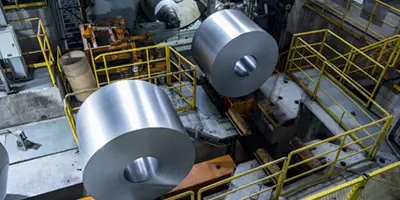
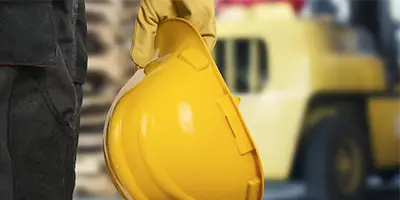
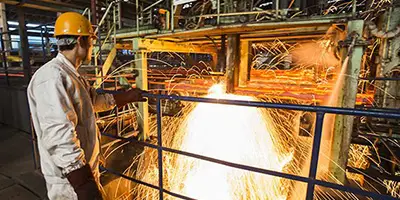
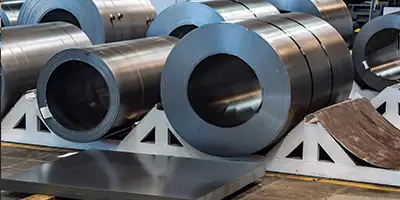

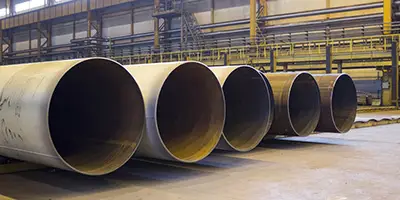
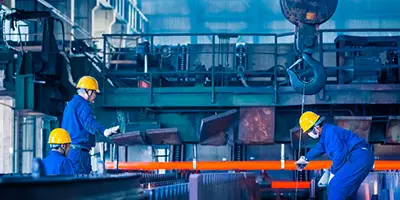
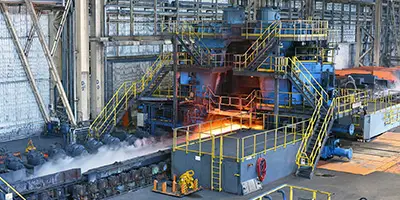
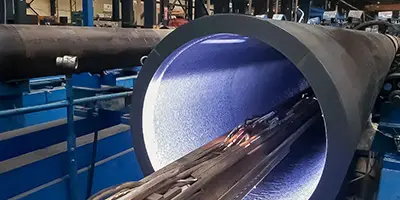
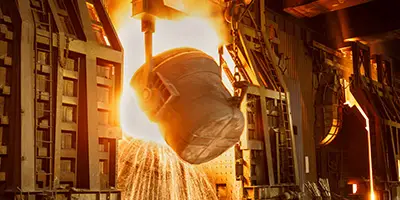

 Phone :
Phone :  Whatsapp :
Whatsapp :  Email :
Email : 


